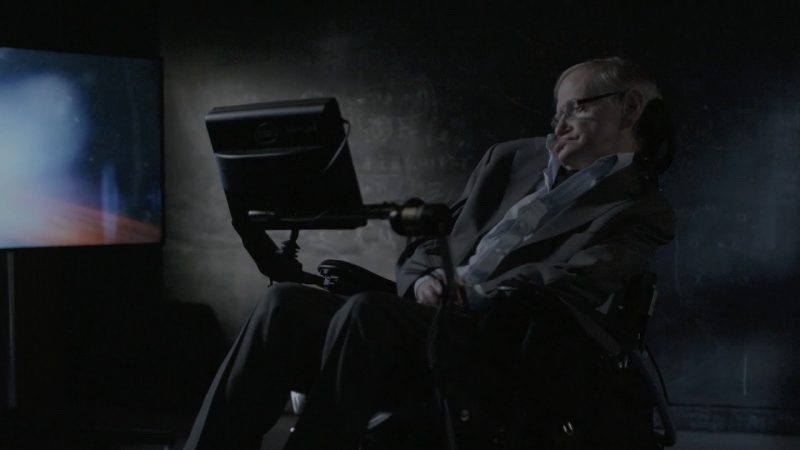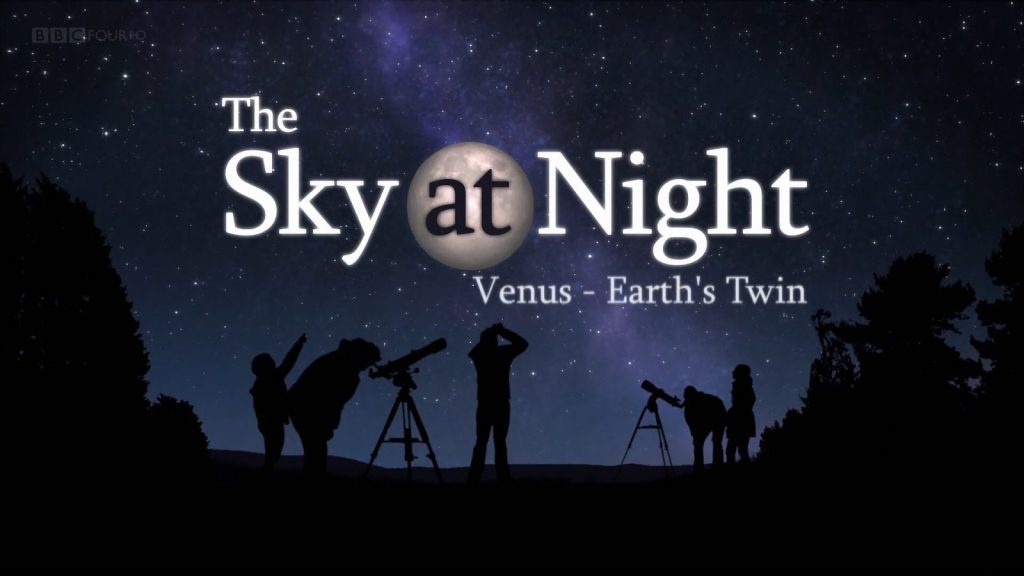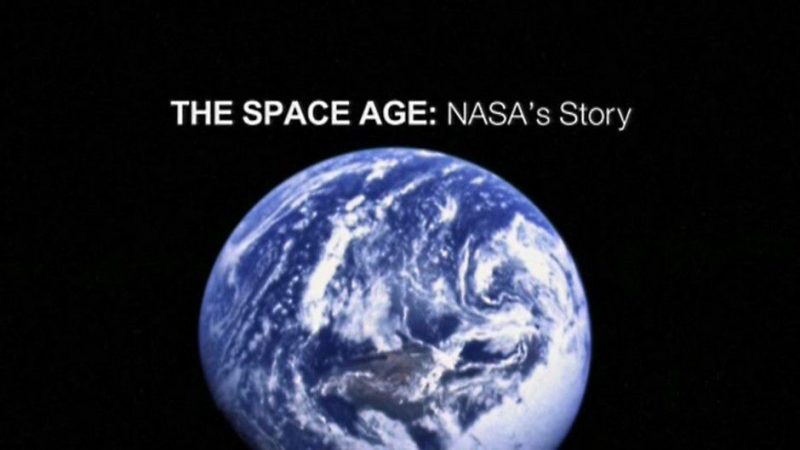Beautiful Equations: Artist and writer Matt Collings takes the plunge into an alien world of equations. He asks top scientists to help him understand five of the most famous equations in science, talks to Stephen Hawking about his equation for black holes and comes face to face with a particle of anti-matter.
Along the way he discovers why Newton was right about those falling apples and how to make sense of E=mc2. As he gets to grips with these equations he wonders whether the concept of artistic beauty has any relevance to the world of physics.
Beautiful Equations
In 2015, an online community of scientists and mathematicians got together to share a love of equations, and, every day that year, a beautiful equation appeared on Facebook. The page has since attracted almost 6000 “likes”, showing that lots of other people love equations as much as we do. What do we mean by “beautiful” in the context of equations? Well, as John Keats put it almost exactly 200 years ago: “Beauty is truth, truth beauty – that is all Ye know on earth, and all ye need to know”
The equations in this book each encapsulate a truth. That truth may be drawn from physics, mathematics, biology, engineering, computing – or from economics, psychology, gaming, etc. – any topic can potentially generate an equation. Many of us can appreciate the beauty in a painting or even a sports car, but equations capture the beauty of simplicity. A beautiful equation is one where the bare essentials of a particular relationship between one aspect of reality and another have been captured in a mathematical statement.
The beauty is not in the symbols on the paper (although this can be beautiful to some people), but in the almost magical capability of the equation to capture so much about reality. Equations have a profundity that can be breath-taking; stirring up almost every aspect of human emotion. “Truth” is the key here, but there’s more to mathematical beauty than truth.
Stephen Hawking
Stephen William Hawking was an English theoretical physicist, cosmologist, and author who was director of research at the Centre for Theoretical Cosmology at the University of Cambridge at the time of his death. He was the Lucasian Professor of Mathematics at the University of Cambridge between 1979 and 2009.
Hawking was born in Oxford into a family of doctors. Hawking began his university education at University College, Oxford in October 1959 at the age of 17, where he received a first-class BA (Hons.) degree in physics. He began his graduate work at Trinity Hall, Cambridge in October 1962, where he obtained his PhD degree in applied mathematics and theoretical physics, specialising in general relativity and cosmology in March 1966.
During this period—in 1963—Hawking was diagnosed with an early-onset slow-progressing form of motor neurone disease (also known as amyotrophic lateral sclerosis (ALS) or Lou Gehrig’s disease) that gradually paralysed him over the decades. After the loss of his speech, he was able to communicate through a speech-generating device—initially through use of a handheld switch, and eventually by using a single cheek muscle.
Mass–energy equivalence
In physics, mass–energy equivalence is the principle that anything having mass has an equivalent amount of energy and vice versa. These fundamental quantities are directly related to one another according to Albert Einstein’s famous formula.
This formula states that mass has an equivalent energy (E) which can be calculated as mass (m) multiplied by the speed of light squared (c2). Similarly, energy has an equivalent mass (m) which can be calculated as energy (E) divided by the speed of light squared (c2). Because the speed of light is a large number in everyday units (approximately 3×108 m/s), the formula implies that even an everyday object at rest with a modest amount of mass has a very large amount of intrinsic energy. Chemical reactions, nuclear reactions, and other energy transformations may cause a system to lose some of its energy content to the environment (and thus some corresponding mass), for example, by releasing it as thermal energy or as radiant energy, such as light.
Mass–energy equivalence arose originally from special relativity as a paradox described by Henri Poincaré. Einstein proposed it on 21 November 1905, in the paper Does the inertia of a body depend upon its energy-content?, one of his Annus Mirabilis (Miraculous Year) papers. Einstein was the first to propose that the equivalence of mass and energy is a general principle and a consequence of the symmetries of space and time.




